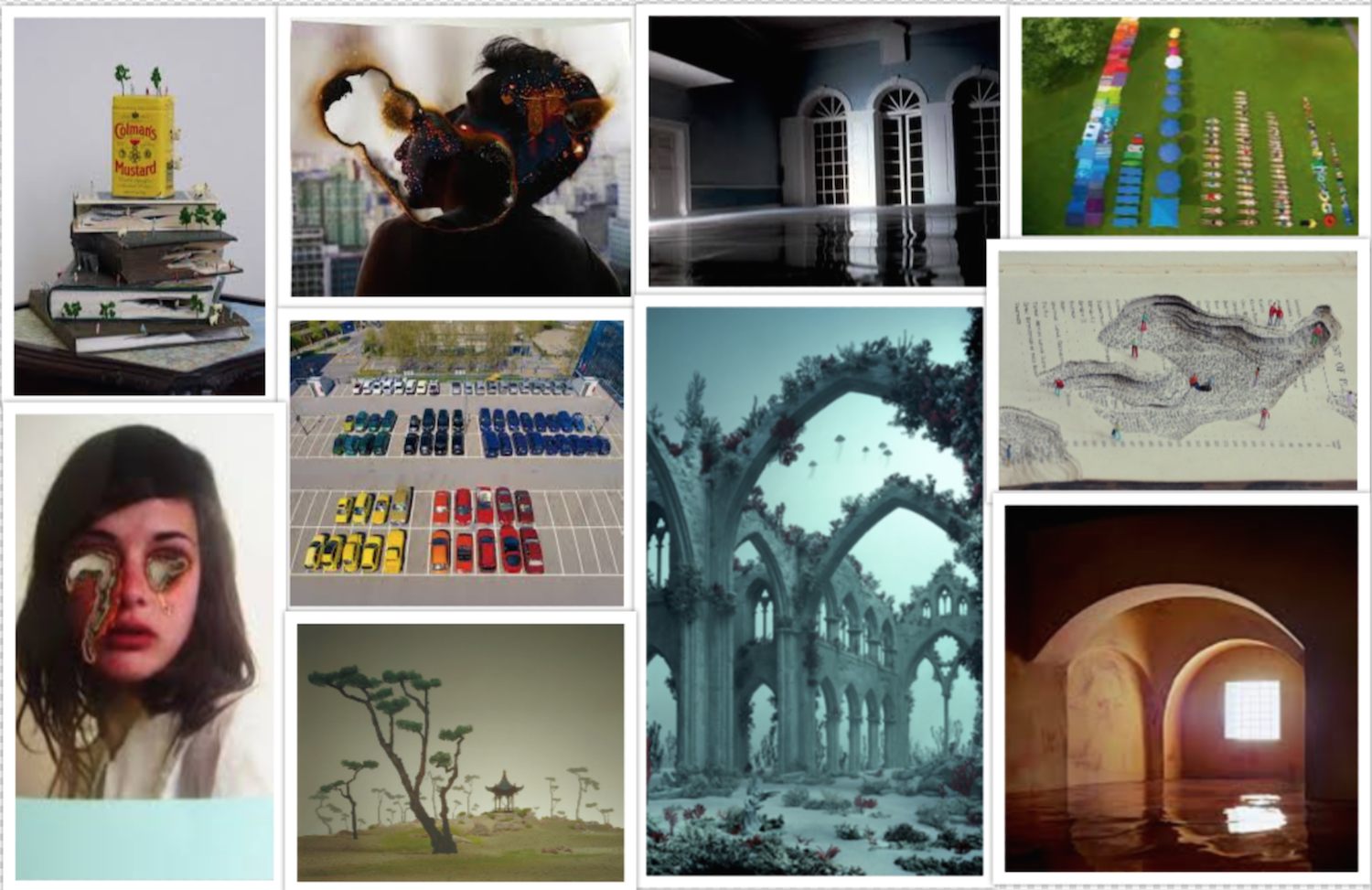Fiction:
Fiction is a form of literature in the form of prose, especially in short stories or novels. Fictional stories usually use imaginary / fictional people, places and or events to create a whole new world. Stories that are classified as fictional are often ones that have been created through the imagination, compared to history or facts. Fiction is open to interpretations and is an act of creative inventions. This therefore meaning that fiction is not expected to tell the truth, which allows to create very unrealistic stories for our entertainment, while allowing someone to open their imagination up to us. Fiction is actually very similar to fantasy but it is also an opposite of the truth. Some photographers and artists that I have come across when I first researched this topic were people such as James Casbere, who creates fictional landscapes inside a studio and makes them look realistic. I find his work very interesting as it is blurring the lines between the truth and the fictional.; Ursus Wehrli, who uses small toys such as cars and figurines to create a fictional reality world.; Lucas Simoes ” To burn pictures, a way of physically erasing a memory by burning it, so with time, the image that is burnt will disappear from your memory”. Lucas Simoes uses photographs which he has printed out and burns them to create a whole new fiction memory in his head about that one photograph, therefore distorting the original meaning with a new one.; Didier mansard creates fictional and dream like landscapes in a gloomy way, which are very simplistic, however enabling you to emerge in his vision of the world.; Kyle Kirkpatrick constructs tiny dioramas using the topographies of carved books. “My practice is primarily concerned with the notion of the imagined landscape. I present man – made objects and natural materials simultaneously to form carefully and meticulously composed installation works. I capitalise on intrigue taking objects out of context reinventing their use, pushing the viewer to see beyond what I present before them, a glass could be interpreted as a lake, a metal bracket as a cliff.”

